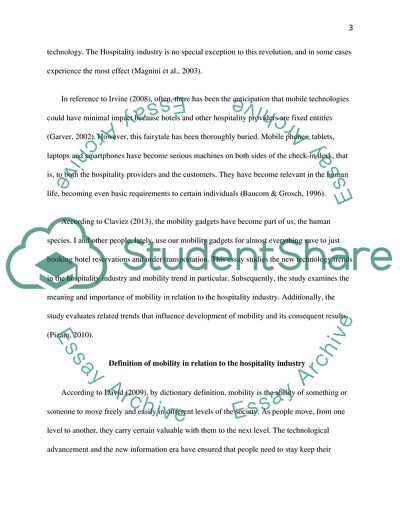Cite this document
(New Technology Trends in Hospitality Industry Assignment, n.d.)
New Technology Trends in Hospitality Industry Assignment. https://studentshare.org/sociology/1848415-new-technology-trends-in-hospitality-industry
New Technology Trends in Hospitality Industry Assignment. https://studentshare.org/sociology/1848415-new-technology-trends-in-hospitality-industry
(New Technology Trends in Hospitality Industry Assignment)
New Technology Trends in Hospitality Industry Assignment. https://studentshare.org/sociology/1848415-new-technology-trends-in-hospitality-industry.
New Technology Trends in Hospitality Industry Assignment. https://studentshare.org/sociology/1848415-new-technology-trends-in-hospitality-industry.
“New Technology Trends in Hospitality Industry Assignment”. https://studentshare.org/sociology/1848415-new-technology-trends-in-hospitality-industry.


